The mouse cursor not moving to the second monitor is an issue that is often ascribed to the dual monitor settings on your Windows machine. This can include the display alignment of your dual monitor setup, where the cursor gets stuck because the monitors are not correctly aligned.

The alignment of your monitors can be easily adjusted to ensure the cursor is not hitting a block and can smoothly transition to the second display. We will be showing you how to do this and more in this article that should help you resolve the problem in question.
1. Change Projection Settings
The first thing that you need to check when fixing the cursor issue in your dual monitor setup is your screen projection settings. When you connect a second monitor to your display, it isn’t automatically detected as a monitor but rather another source of displaying your screen, just like a projector.
To use the monitor as an additional screen, you will need to set the projection settings to extend. In most cases, the screen is automatically set to Duplicate, where the display of your main monitor is duplicated on the second. As such, there is no second monitor for the cursor to transition into, and thus, you encounter the issue.
This behavior is what you would expect when using a projector, and not a second monitor. To resolve the issue, follow the instructions below:
- First, press the Windows key + P on your keyboard to bring up the Project menu.
- In the menu that appears, select the Extend option.
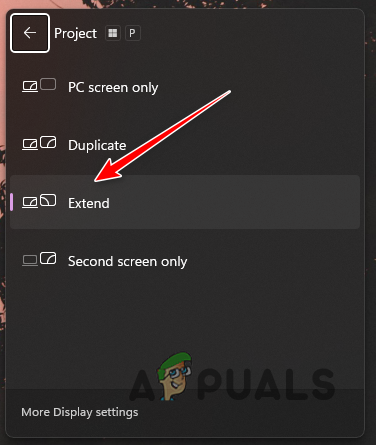
Changing Project Setting to Display - Now that your projection is set to extend, try moving your cursor to the end of the display to see if the problem persists.
2. Check Display Alignment
The alignment of your display in the Windows Settings app can also trigger the issue in question. This happens when the displays are not aligned properly, resulting in the cursor being blocked as there is nowhere to go.
There is a Windows feature that allows you to overcome this hassle called Ease cursor movement between displays. When you enable the said option, misalignment and gap created will be ignored by the mouse cursor, and it will transition to the second monitor without any issues.
Fixing the alignment of your display is quite simple via the Display settings menu. To do this, follow the instructions below:
- First, bring up the Windows Settings app with the Windows key + I shortcut on your keyboard.
- Go to System > Display in the Settings app.
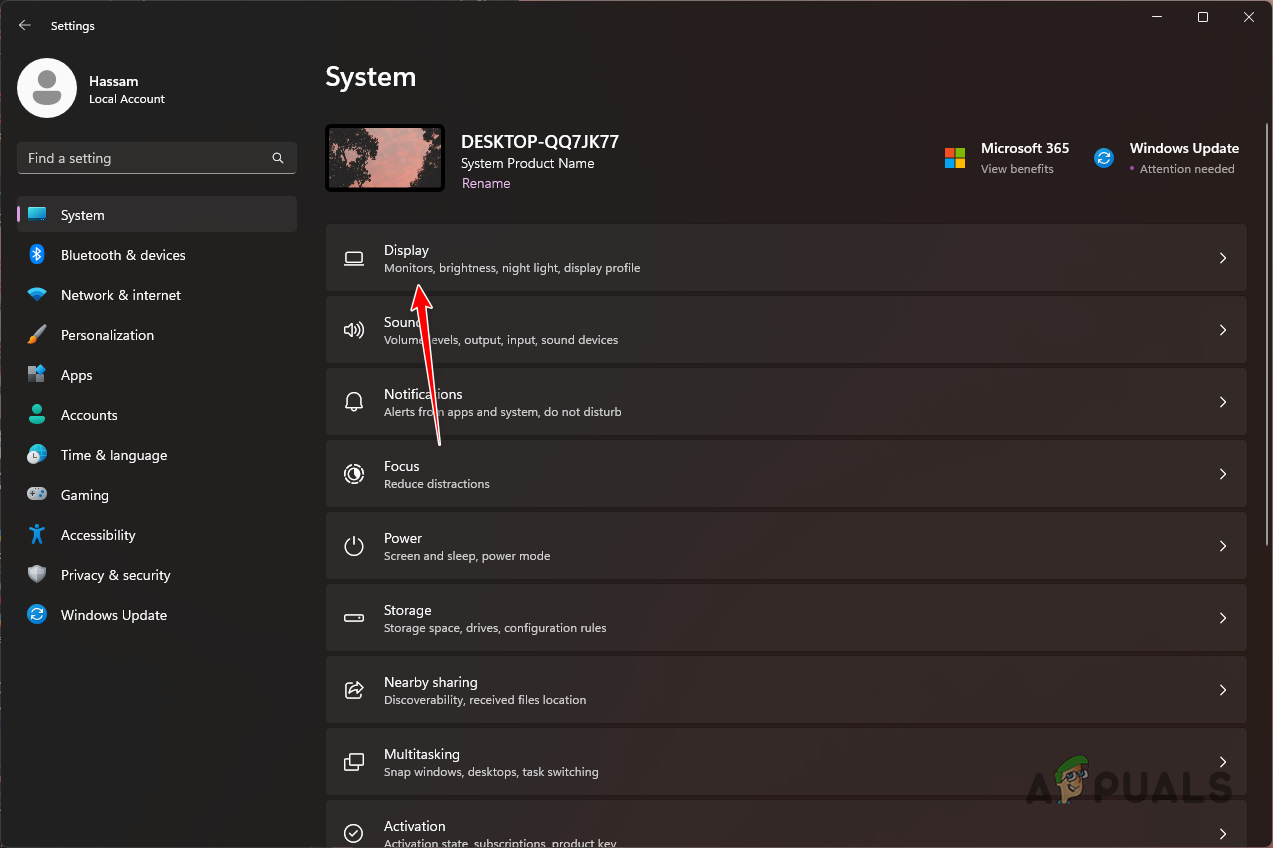
Navigating to Display Settings - After that, drag the displays shown in the figure to correctly align them per your setup.
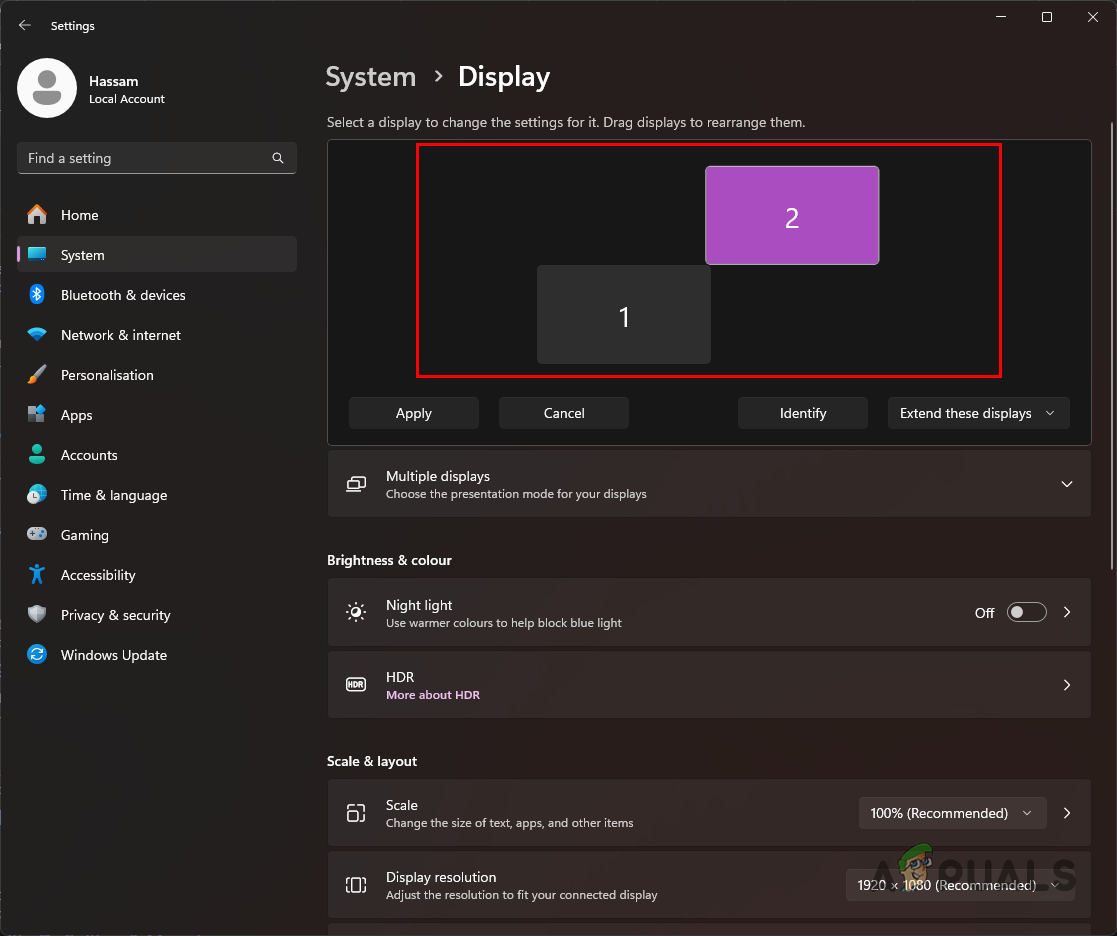
Display Alignment - You can click the Identify button to know which number corresponds to which display on your monitor. After that, change the alignment so it matches your setup.

Identifying Displays - If you wish to enable the Ease cursor movement between displays option, click on the Multiple displays menu.
- After that, tick the Ease cursor movement between displays option.
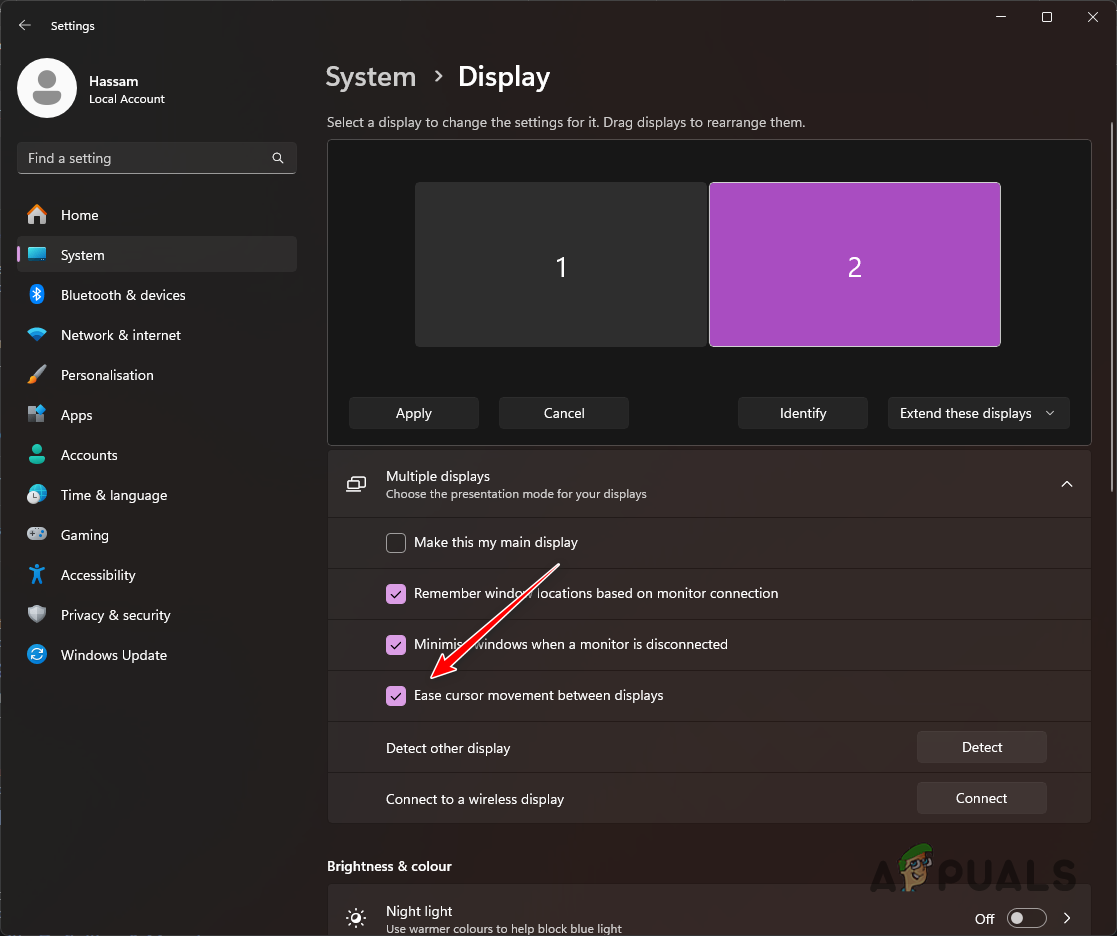
Enabling Ease Cursor Movement Between Displays - Click the Apply option to save your new alignment.
3. Set the Same Desktop Resolution
The resolution of your monitors can be another cause of the mouse cursor being unable to move to the second display. This happens when the desktop resolutions of your monitors are different. Such issues are usually due to an inconsistency with the Windows version that you are using.
As such, they are often resolved in subsequent Windows updates, so make sure to keep an eye on that. If you are running an older version of Windows, update your system right away. With that said, you will need to match the resolution of your monitors in the meantime to mitigate the problem.
Since you are not able to move the cursor to the second monitor, you will need to ensure your primary monitor’s resolution matches that of the second monitor. Follow the instructions below to change your resolution:
- First, open the Settings app with the Win key + I shorthand.
- Navigate to System > Display in the Settings app.

Navigating to Display Settings - Then, scroll down and locate the Display resolution menu.
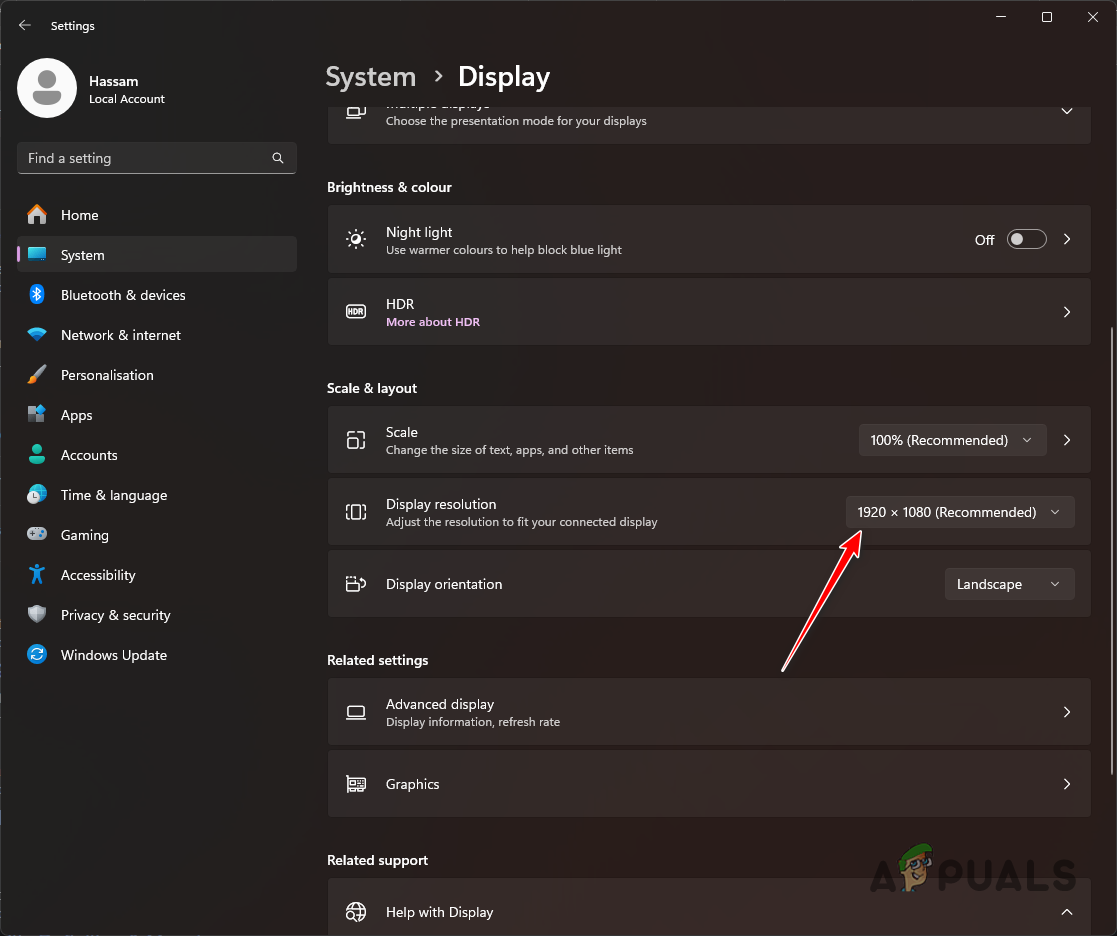
Changing Display Resolution - Use the menu to change your resolution to that of the second monitor.
- Once you do that, see if the problem persists.
4. Reconnect Displays
Finally, if you are not able to resolve the issue with the above methods, it is possible the problem persists due to a connection inconsistency. This can happen when the system is not able to detect your monitor properly, due to a somewhat loose connection.
This can sometimes result in Windows showing the second display but it fails to function properly. In such an instance, you will need to reconnect your display to ensure the cables are plugged in correctly. Check this both on the monitor’s end and on your graphics card. See if that overcomes the problem.
You should be able to resolve the issue in question with the remedies above. The problem is often due to misconfiguration in your display settings where the monitors are not correctly aligned, or treated as duplicates. Ensuring the display settings are correct should help in fixing the issue in the future as well.
Is the mouse cursor still not moving to the second monitor?
If the mouse cursor continues to not move to the second monitor, you will need to seek help from the official customer support team from Microsoft. You will be able to further escalate the issue by contacting a customer support agent and they will be able to help you through the nitty gritty aspects of your individual case.
 Reviewed by
Reviewed by